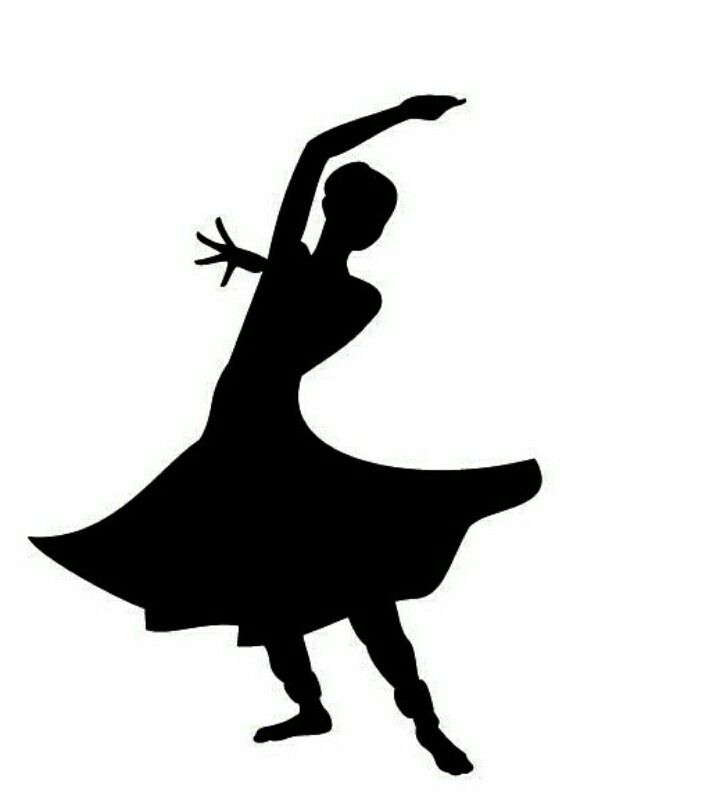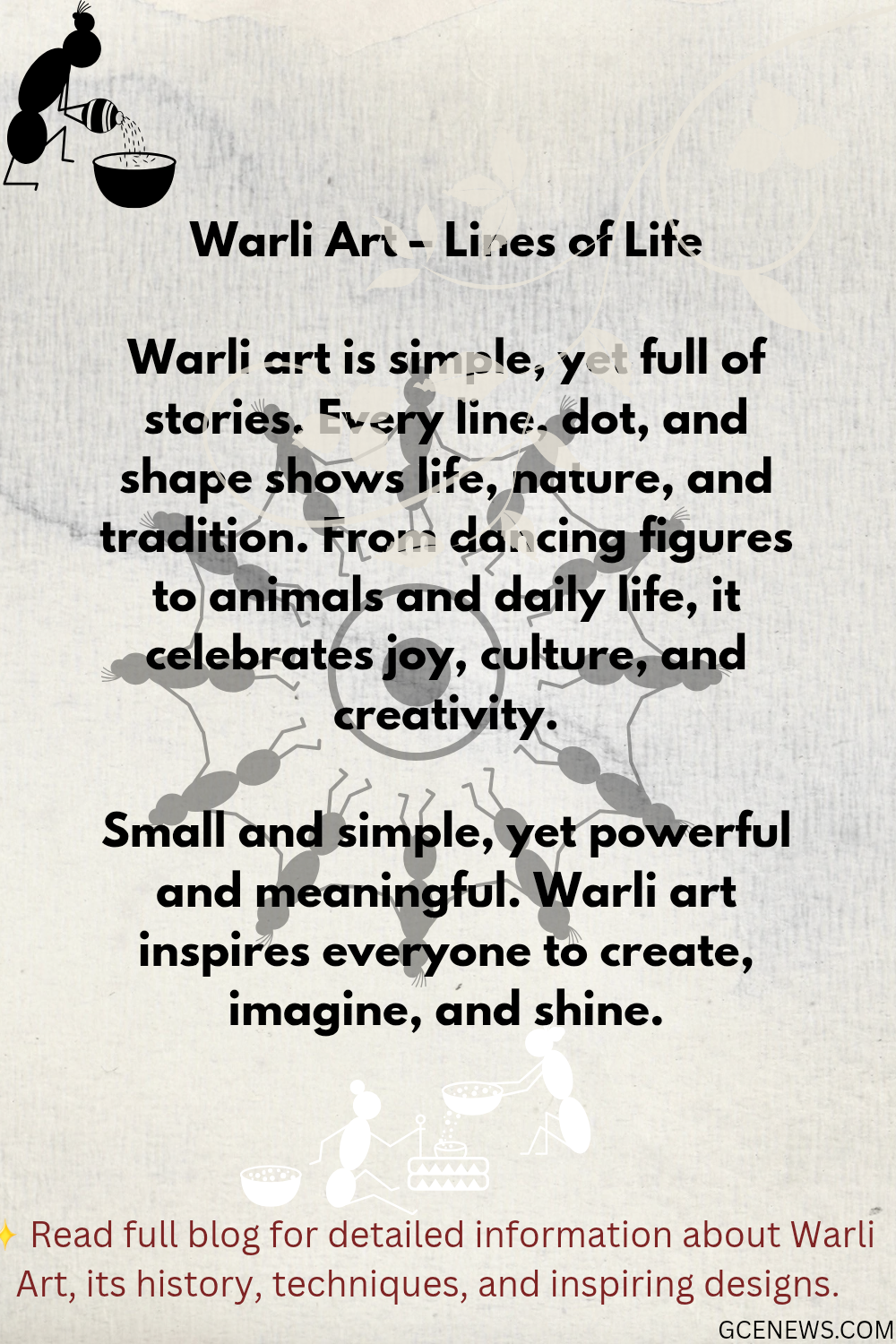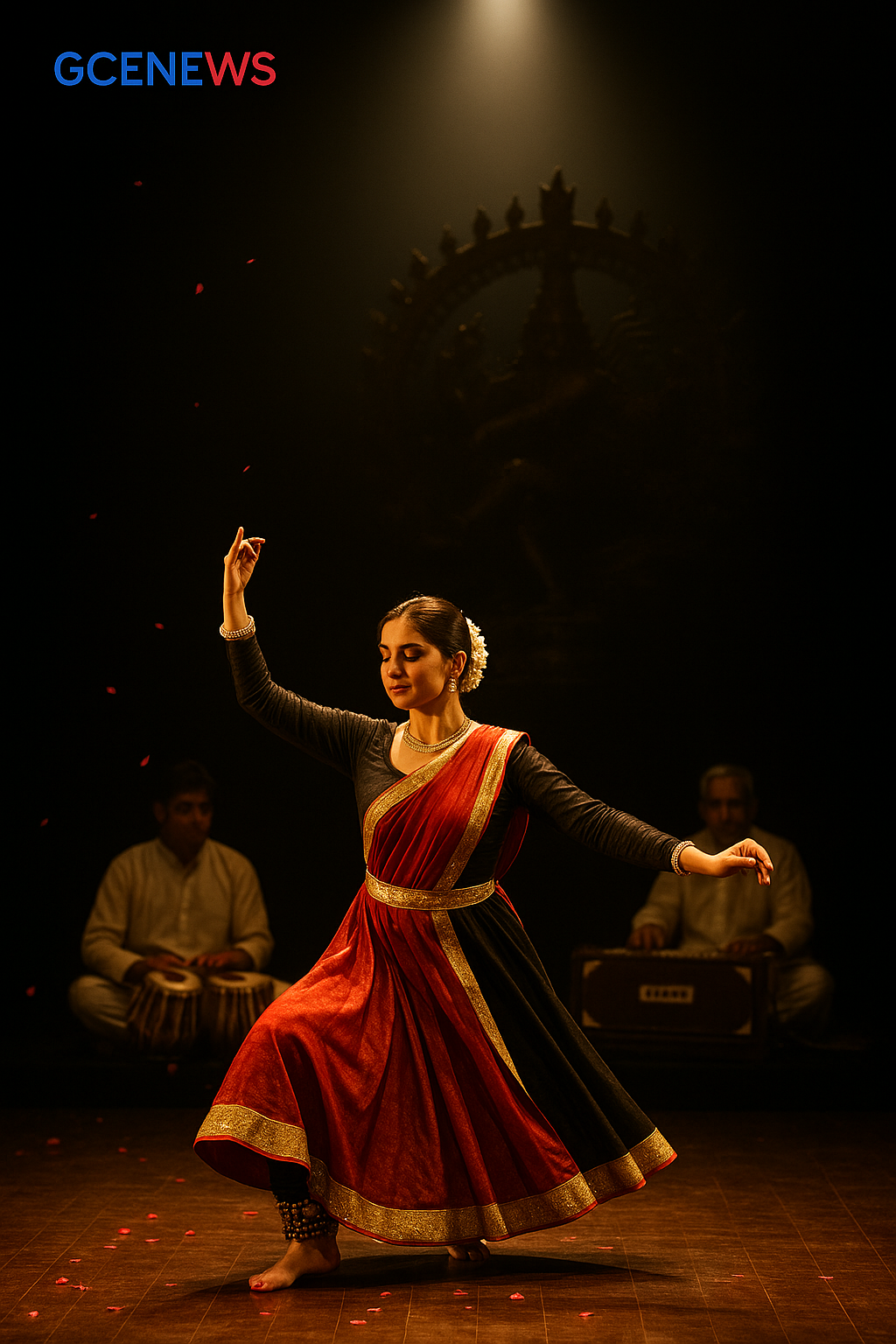Episode 4 of kathak series

🎀 Episode 4: The Beauty of Stage – Kathak Costume, Makeup & Presentation
Hi guys! I’m your writer and well-wisher, and welcome back to Episode 4 of our Kathak blog series. So far, we’ve walked through the history, Gharanas, and beginner techniques of Kathak. But now, it’s time to talk about what turns a dance into a visual masterpiece — the costume, the makeup, the stage presence. Kathak is not just about movement — it’s also about grace, beauty, and storytelling through appearance. Let's dive in! 💃✨
👗 Kathak Costume – Traditional Elegance
A Kathak costume is more than just clothing — it reflects culture, era, and storytelling.
🩰 For Female Dancers:
• Anarkali-style Angrakha: A long frock-style dress, often paired with a churidar pajama.
• Dupatta: Draped beautifully across the chest or shoulder.
• Fabric: Silk, cotton-silk, or chiffon with Zari (gold thread) work or borders.
• Colors: Bright for festive pieces, white or light shades for devotional themes.
🕺 For Male Dancers:
• Kurta-Churidar or Dhoti with Angavastra (scarf).
• Minimal yet elegant, with focus on movement visibility.
✨ The goal is to look royal, but not distract from the dance.
💄 Makeup – Enhancing Expressions
In Kathak, facial expressions (bhav) are crucial, and stage makeup helps amplify them.
• Base: Natural-toned foundation with matte finish.
• Eyes: Bold kajal, eyeliner, and neutral eyeshadow to highlight eye expressions.
• Lips: Red, maroon, or pink lipstick based on costume and theme.
• Bindi: A bright decorative dot adds cultural charm.
💡 Makeup should enhance, not overpower. Always balance.
💍 Jewellery – The Touch of Tradition
Kathak dancers often wear:
• Jhumkas (earrings)
• Maang tikka (forehead ornament)
• Bangles or Kangan
• Payal (ankle bells, worn with Ghungroos)
🎀 The jewellery adds sparkle to every movement, especially spins and hand gestures.
🎭 Stage Presence – The Silent Storyteller
Presentation isn't just about looks — it's about confidence, poise, and energy.
• Posture: Stand tall with soft shoulders and a lifted chin.
• Eye Contact: Engage with your audience, even while dancing.
• Smile: A soft smile builds connection and calmness on stage.
• Grace: Your entry and exit are as important as your performance.
💃 Remember, the audience sees your soul before your steps.
💌 Reader’s Story – Neelam from Chhattisgarh
This episode ends with a deeply emotional memory shared by Neelam, a 20-year-old from Chhattisgarh, who danced for someone who meant the world to her.
“My most unforgettable moment wasn’t on a big stage. It was in my own house, in front of my grandfather. He had been ill for months, and I knew he might not be with us much longer. He had never seen me perform.
One afternoon, I dressed up in my dance costume, wore his favorite color — blue, tied my ghungroos, and danced to a soft bhajan in our courtyard. He watched silently from his chair. I didn’t expect much — just his blessings.
But when I finished, he called me close, held my hand, and said, ‘Now I can go peacefully. You danced like your grandmother.’
He passed away three days later. But that moment… that performance… is the closest I’ve ever felt to magic.”
🌸 Thank you, Neelam. Your story reminds us that true art touches hearts — not just stages.
🌟 Final Words
The beauty of Kathak doesn’t end with steps — it flows through fabric, jewelry, expression, and presence. The costume, the makeup, the glow — all combine to make a dancer not just visible, but unforgettable.
In Episode 5, we’ll talk about famous Kathak dancers of India, their journey, and how they became legends who inspire generations.
This is your writer and well-wisher, signing off for today.
Dance with style. Perform with soul. And never forget — you are the art. 💖




